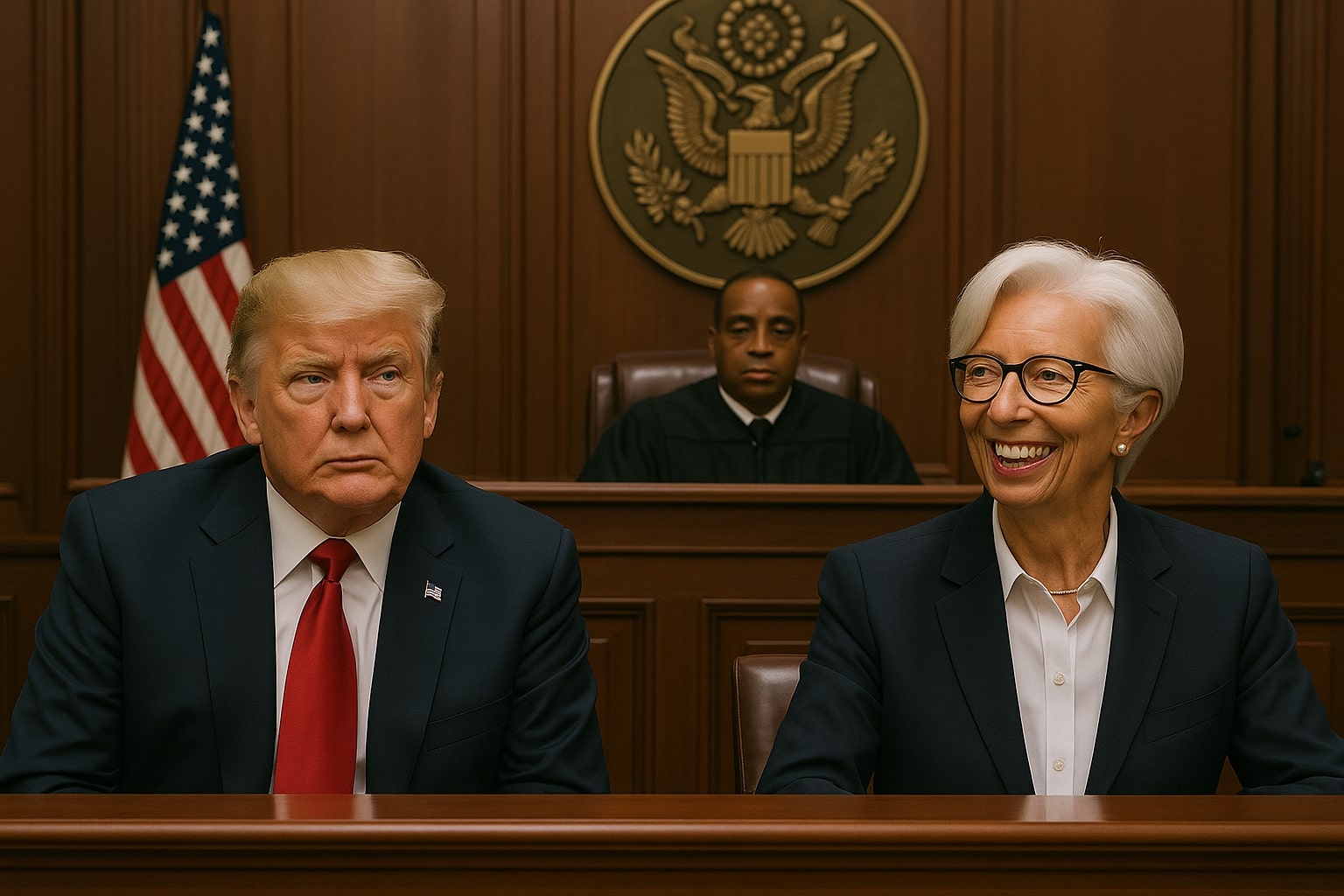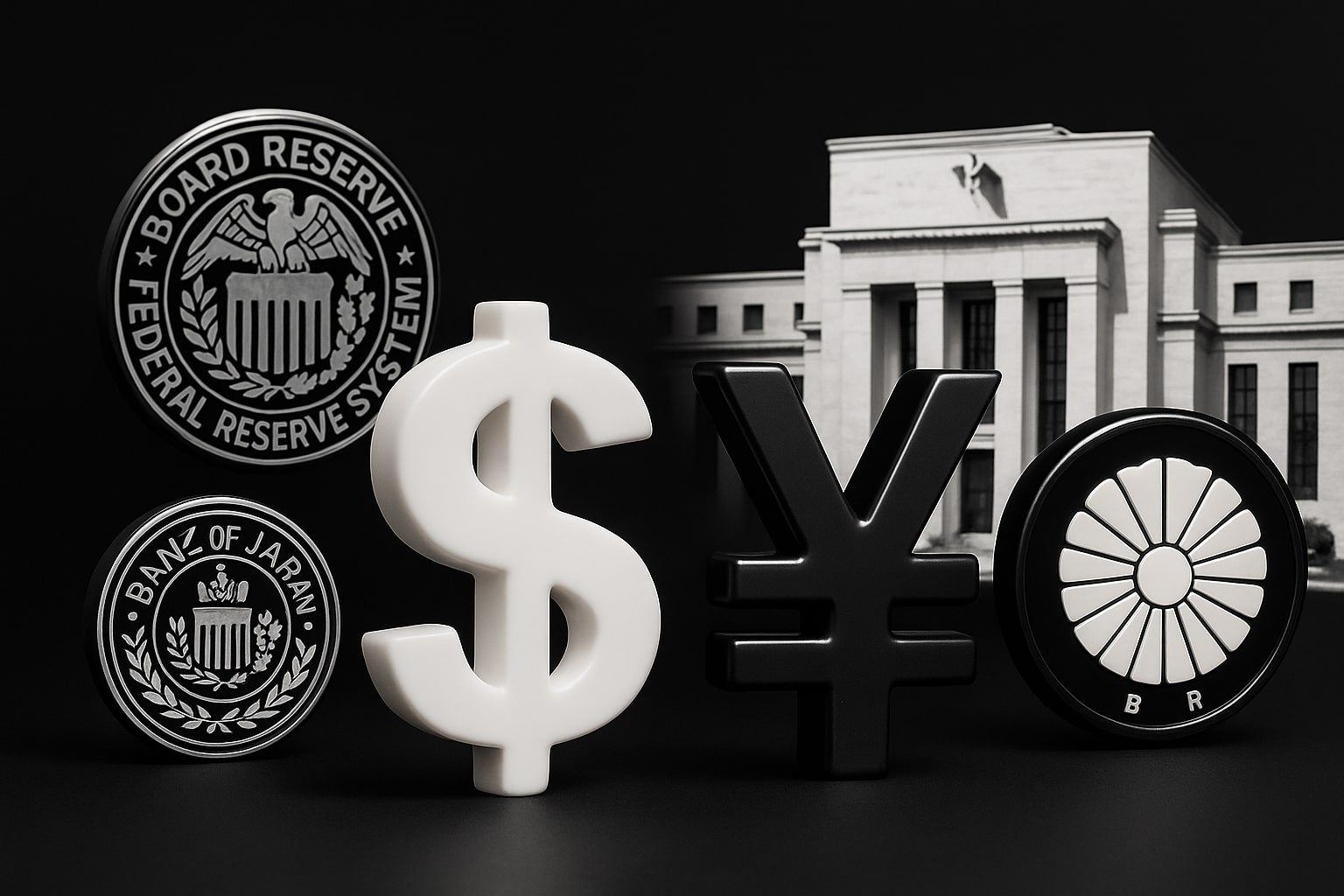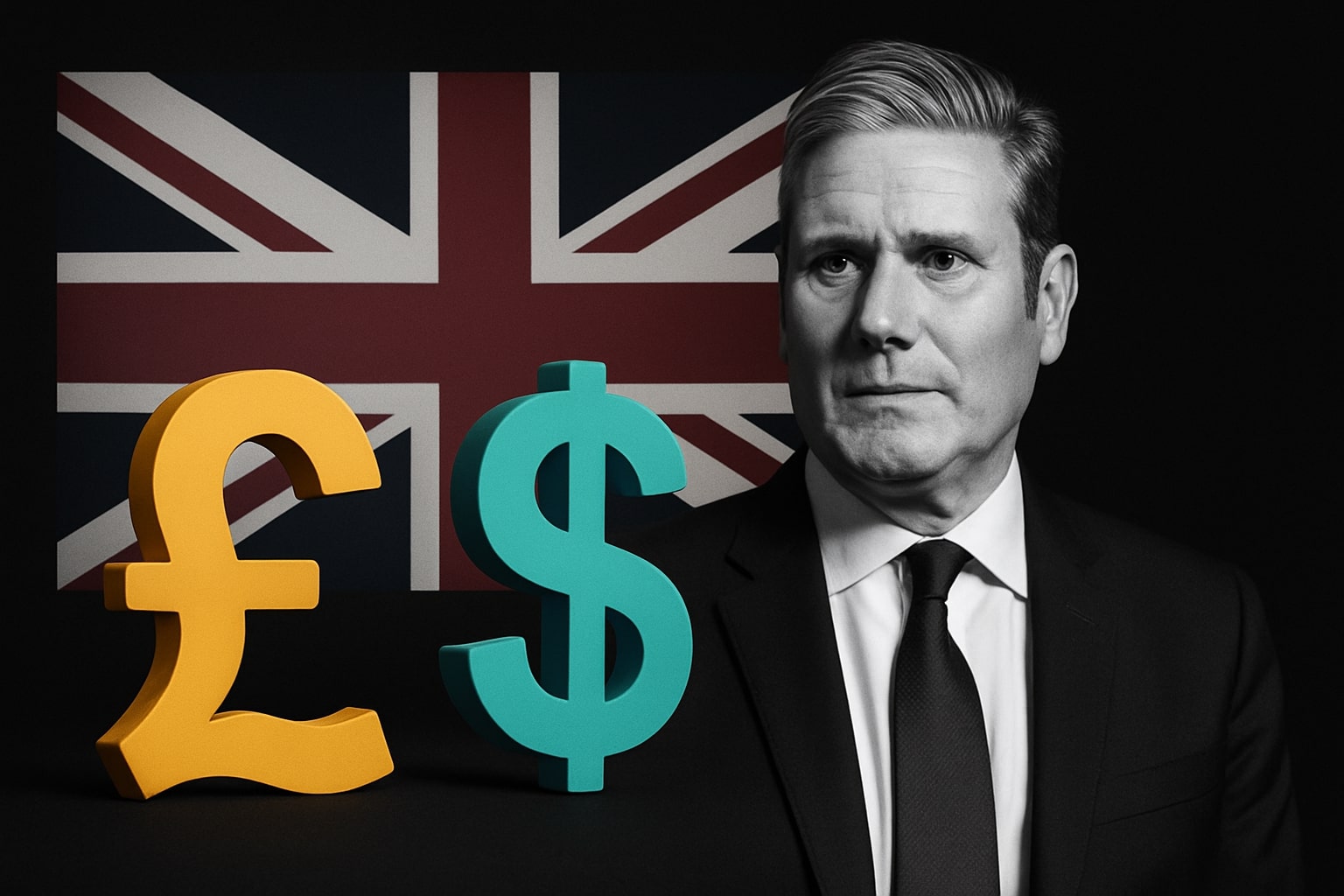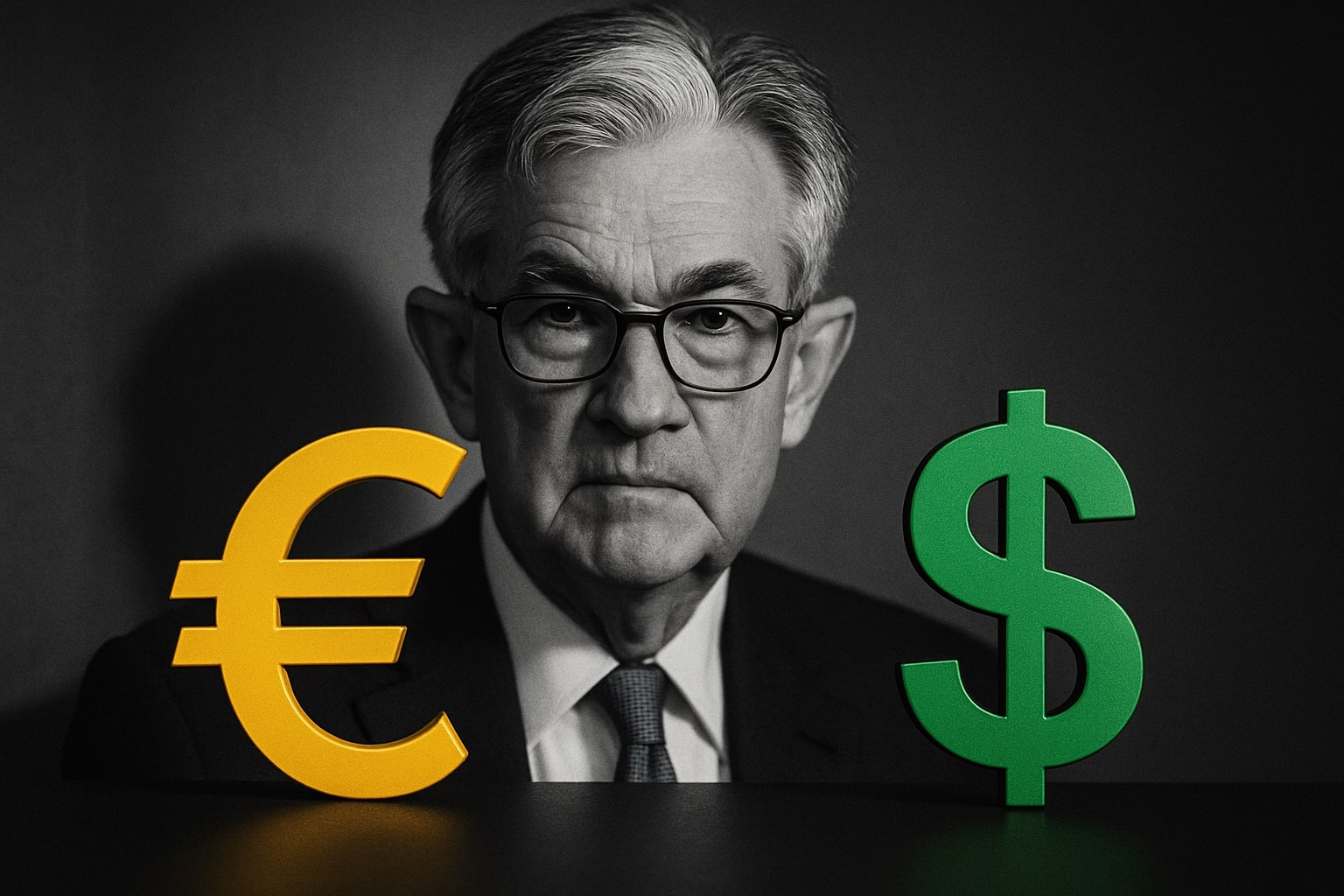
EUR/USD Drops Hard After Court Ruling — Is 1.1050 Next?
The euro collapsed to 1.1210 on tariff turmoil. Can the pair recover, or is 1.1050 the next floor? | That's TradingNEWS
Dollar Turbulence Sparks EUR/USD Volatility: How Far Can the Euro Slide?
The euro's trajectory has shifted sharply as EUR/USD plunged from 1.1300 to lows of 1.1210 following the U.S. Court of International Trade's decision to block former President Trump's tariff expansions under IEEPA. The ruling, which challenges executive power, triggered a swift rally in the U.S. Dollar Index (DXY) to 100.40—up 0.50% in a single session—underscoring a risk-off surge and eroding the euro’s momentum.
EU Macro Data Underwhelms While ECB Faces Trust Crisis
Eurozone fundamentals failed to offer meaningful support. French inflation data fell short of forecasts, while German and French employment figures pointed to persistent labor market weakness. Despite a modest uptick in Italian business and consumer sentiment, the broader macro picture for the EU remains fragile. Compounding this, ECB policymaker and Slovak central bank head Peter Kazimir was convicted of corruption, shaking confidence in the institution as markets brace for next week's policy meeting.
The ECB is caught in a policy tug-of-war. Some members are pushing for further cuts, while others resist additional easing. The fractured outlook reflects inflationary concerns clashing with slowing regional growth. Any hawkish tilt could backfire if EUR/USD breaches 1.1200.
Technical Setup: Rising Pressure on Key Levels for EUR/USD
The technical picture for EUR/USD paints a tense scenario. After breaking below the 20-SMA and the ascending trendline, the pair tested 1.1213 and briefly rebounded toward 1.1270. However, upside remains limited, with resistance forming near 1.1285 and 1.1315. If momentum remains weak, the pair could retest support at 1.1210, followed by 1.1150 and a crucial pivot near 1.1050.
The 4-hour RSI suggests a partial reversal from oversold territory, but there’s no confirmation of bullish conviction. A daily close below 1.1200 would significantly increase the likelihood of a deeper decline to 1.1065 or lower.
Fed Signals, Yield Outlook & U.S. Data Fuel Dollar Bid
Minutes from the latest FOMC meeting revealed a hawkish tone, with nearly all members citing persistent inflation risks. Futures markets, once pricing 50 basis points in rate cuts this year, have now adjusted expectations to 42 bps. Meanwhile, the U.S. 10-year yield has surged to 4.5%, pulling capital away from riskier currencies and giving the dollar a structural boost.
Upcoming data—including Thursday's Q1 GDP second estimate, PCE inflation, and jobless claims—could accelerate this trend. The Fed’s commitment to a cautious approach reinforces the greenback’s dominance unless significant economic weakness emerges.
Tariff Drama Triggers Legal Uncertainty, Strategic Repricing
The court’s decision to invalidate Trump's broad use of tariffs triggered a reallocation in currency markets. Although the ruling won’t affect steel and aluminum duties under Section 232, its impact on future tariff leverage is significant. The administration’s immediate appeal is expected to push the issue toward the Supreme Court.
Markets fear prolonged legal battles could delay trade certainty. If President Trump seeks alternative legislative pathways to reinstate levies, the resulting fiscal implications—including a potential $3.8 billion deficit increase from his proposed bill—may further drive bond yields higher, adding indirect pressure on EUR/USD.
Sentiment Reversals and Institutional Positioning in EUR/USD
Asset managers are reassessing dollar hedge ratios following April’s turbulence. ING analysts maintain a core range of 1.10 to 1.15 for EUR/USD, but warn of short-term drawdowns. UOB echoes that sentiment, emphasizing the need for a close below 1.1200 to validate further bearish momentum. Deutsche Bank sees Section 232 usage as a probable backup, suggesting Trump may still find tools to pressure trade partners, including the EU.
The political dimension is equally important. With Trump pushing fiscal populism, markets are now considering the broader ramifications for U.S.-EU negotiations. Leverage for U.S. trade reps has clearly declined, giving Brussels more room to maneuver—yet it’s the euro that remains on the defensive.
Buy, Sell, or Hold EUR/USD? Here’s the Verdict
The pair's failure to sustain gains above 1.1300 and repeated rejection of short-term resistance near 1.1285 confirm that sellers are in control. A break below 1.1200 opens downside targets at 1.1130 and 1.1065, aligned with recent lows from May 16 and 12. With the U.S. dollar supported by hawkish Fed signals, rising yields, and legal volatility around trade, EUR/USD faces strong headwinds.
Unless upcoming PCE and GDP data show a sharp miss, the dollar’s path remains bullish. As such, EUR/USD is a tactical SELL below 1.1285 with downside room to 1.1050. Traders should remain nimble ahead of Fed commentary and legal updates surrounding tariff enforcement, but risk remains tilted to the downside.
That's TradingNEWS
Read More
-
Vanguard S&P 500 ETF (VOO) Stays Above $600 as Buybacks, Growth, and Rate Cuts Power U.S. Rally
16.10.2025 · TradingNEWS ArchiveStocks
-
XRP ETFs Surge With $1.9B Inflows to XRPI, XRPR, and XRPL XRP-USD Slides to $2.33
16.10.2025 · TradingNEWS ArchiveCrypto
-
Natural Gas Drops Below $3.00 as Record Output and Warm Weather Pressure Prices
16.10.2025 · TradingNEWS ArchiveCommodities
-
USD/JPY Price Forecast - USDJPY=X Drops Below 151.10 as Overbought Dollar Faces Pressure from Weak Momentum and Rising Geopolitical Tension
16.10.2025 · TradingNEWS ArchiveForex



















